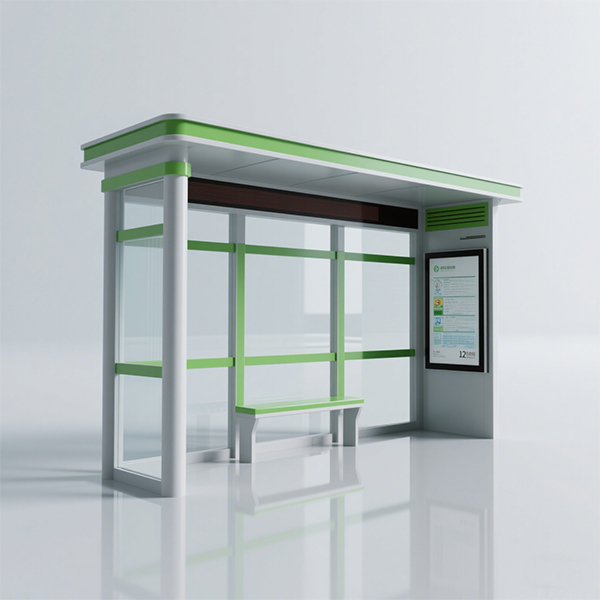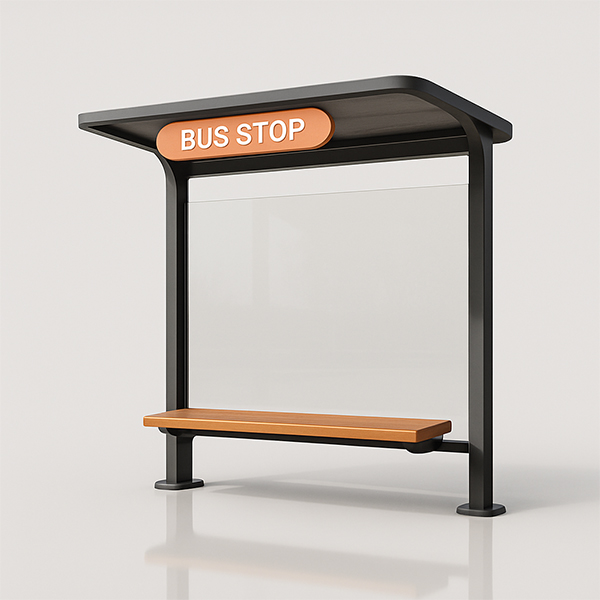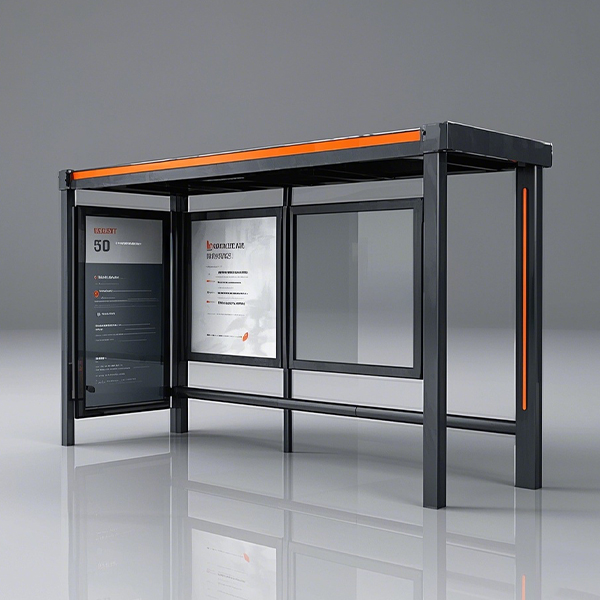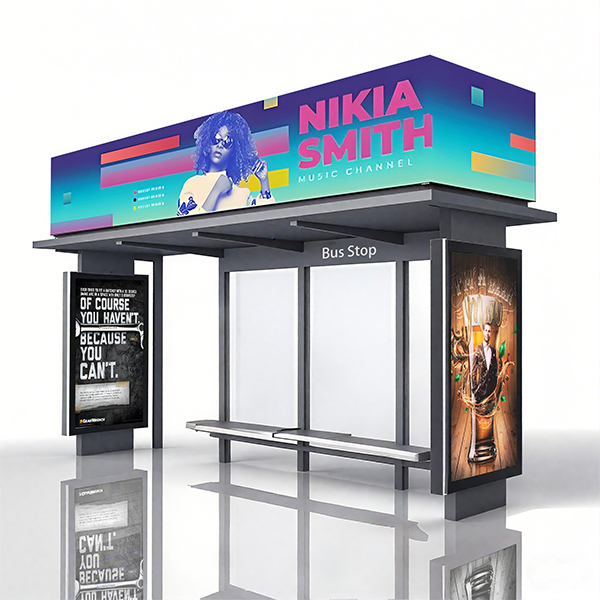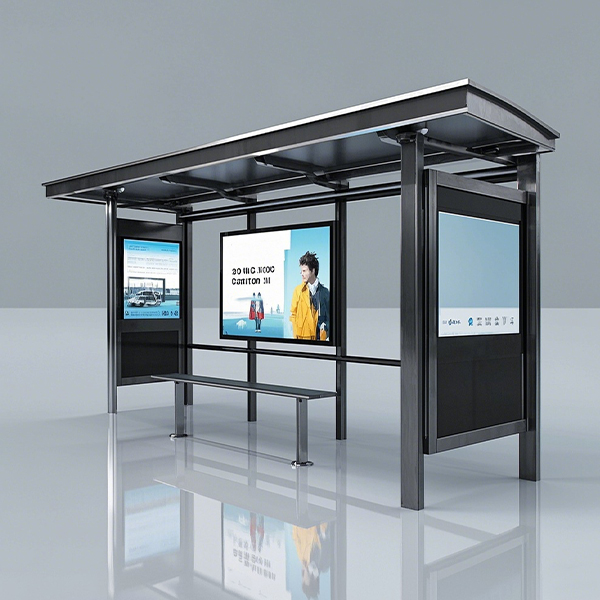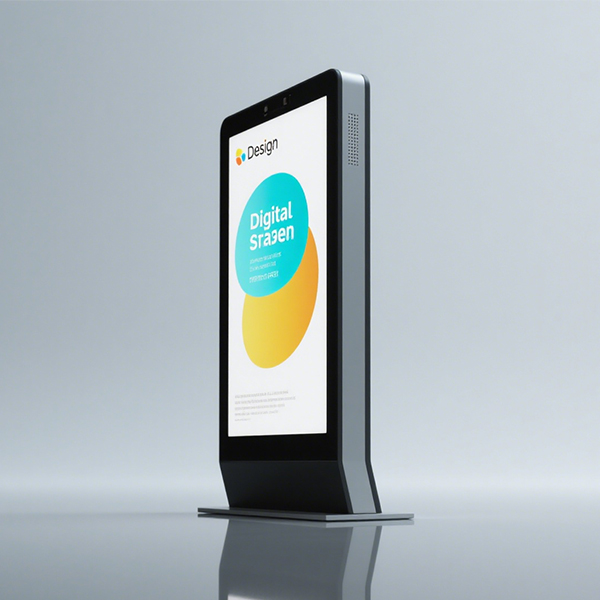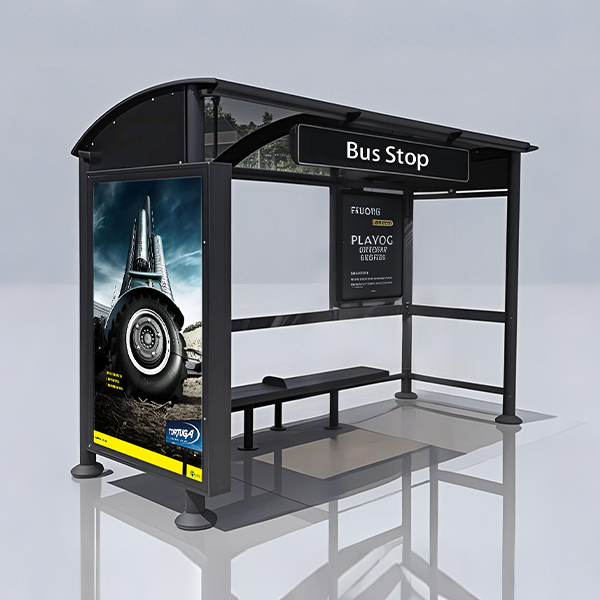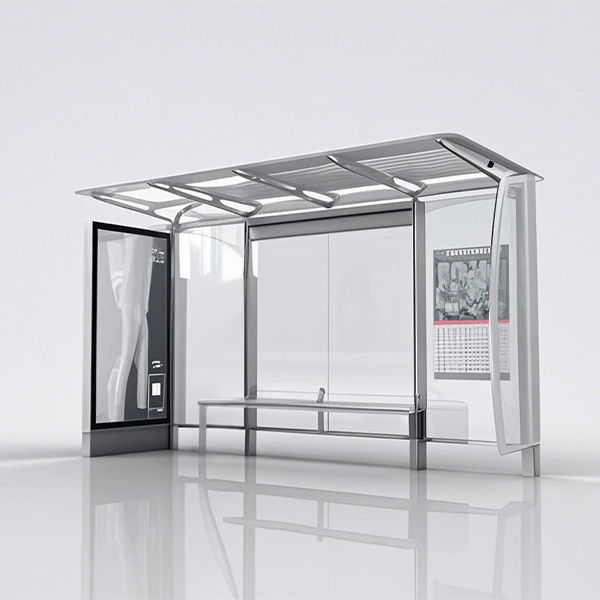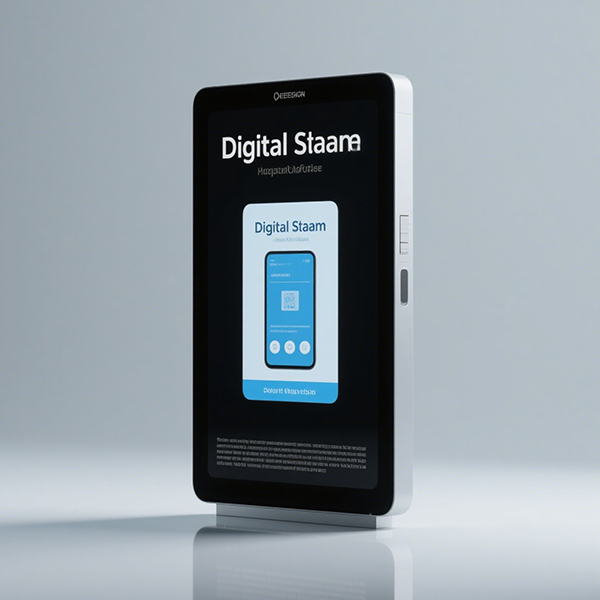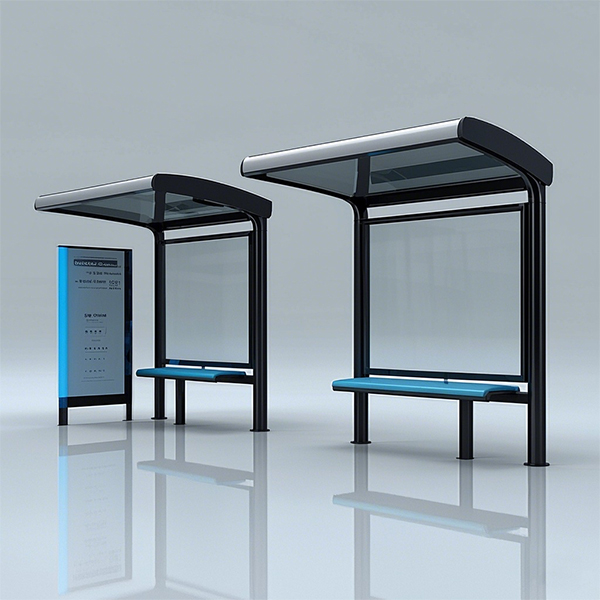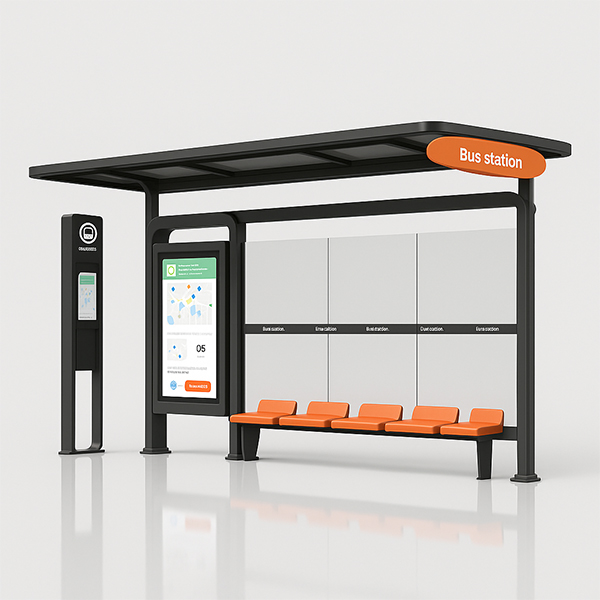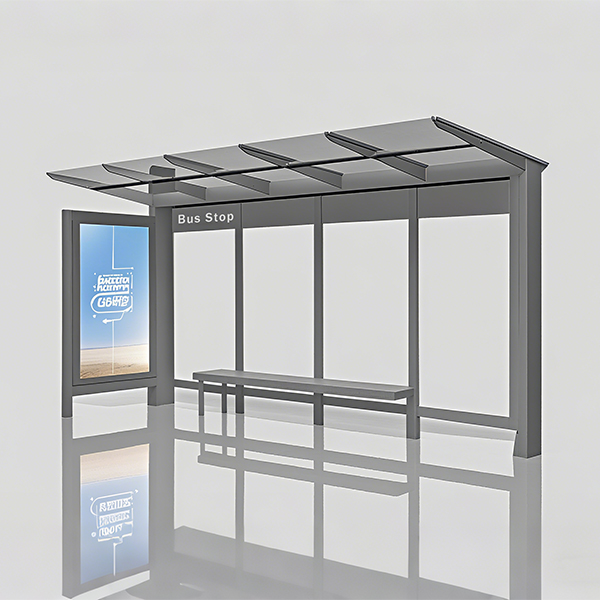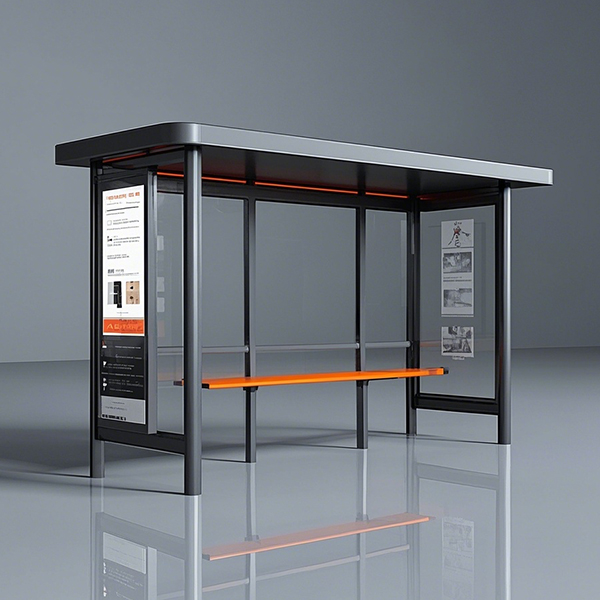
digital signage advertising
Learn how digital signage advertising can transform your marketing strategy and boost your bottom line. This comprehensive guide explores the benefits, best practices, and real-world examples of successful digital signage campaigns, helping you create impactful visuals and maximize your return on investment.
Understanding the Power of Digital Signage Advertising
What is Digital Signage Advertising?
Digital signage advertising utilizes electronic displays to deliver engaging visual content to target audiences in specific locations. Unlike traditional static signage, it allows for dynamic messaging, real-time updates, and targeted advertising based on location, time, and even audience demographics. This dynamic approach makes it a powerful tool for businesses looking to increase brand awareness, drive sales, and improve customer engagement.
Benefits of Digital Signage Advertising
The advantages of incorporating digital signage advertising into your marketing mix are substantial. It offers:
- Increased Brand Visibility: Captivating visuals attract attention and enhance brand recall.
- Targeted Messaging: Tailor your message to specific audiences and locations for maximum impact.
- Improved Customer Engagement: Interactive displays and dynamic content encourage interaction.
- Measurable Results: Track key metrics like impressions and dwell time to optimize campaigns.
- Cost-Effective Marketing: Offers a potentially lower cost-per-impression compared to other advertising methods.
Planning and Implementing a Successful Digital Signage Campaign
Defining Your Goals and Target Audience
Before launching your digital signage advertising campaign, clearly define your objectives. What do you want to achieve? Increased brand awareness? Higher sales? Improved customer loyalty? Understanding your target audience is crucial. Where do they spend their time? What are their interests? Tailoring your messaging to resonate with your specific audience is essential for success.
Content Creation and Design
High-quality visual content is paramount. Use compelling imagery, videos, and animations to capture attention. Keep your messages concise and easy to understand. Consider A/B testing different creative assets to determine what resonates best with your audience. Ensure your content is aligned with your overall branding and messaging.
Choosing the Right Hardware and Software
Selecting the appropriate hardware and software is critical. The type of display (LCD, LED, etc.), screen size, and placement will all impact your campaign's effectiveness. Several software platforms manage and schedule content, offering features like remote monitoring and analytics. Research different options to find the best fit for your needs and budget. Consider solutions that offer integration with your existing marketing tools.
Measuring and Optimizing Your Campaign
Utilize analytics tools provided by your digital signage software to track key performance indicators (KPIs). Monitor impressions, dwell time, and click-through rates. Analyze the data to identify what's working and what needs improvement. Regularly optimize your content and messaging based on your findings.
Real-World Examples of Successful Digital Signage Advertising
Case Study 1: Retail Application
A national retail chain used digital signage to showcase seasonal promotions and new product launches. They implemented targeted messaging based on store location and time of day, leading to a significant increase in sales conversions. Their analytics showed a 15% increase in sales compared to the previous year's campaign.
Case Study 2: Restaurant Application
A restaurant chain used digital signage to display its daily specials and highlight customer reviews. This strategy improved order value and customer satisfaction. They reported a noticeable increase in customer engagement and positive feedback.
Choosing the Right Digital Signage Partner
Selecting a reliable digital signage partner is vital for success. Look for a provider that offers a comprehensive solution, including hardware, software, and support services. Consider their experience, reputation, and ability to meet your specific needs. For robust and reliable solutions, consider exploring providers like Shandong Luyi Public Facilities Co., Ltd., known for their innovative digital display technologies.
| Feature | Traditional Signage | Digital Signage |
|---|---|---|
| Cost | High initial cost, limited updates | Lower initial cost, flexible updates |
| Flexibility | Static content, difficult to update | Dynamic content, easy updates |
| Measurability | Difficult to measure effectiveness | Easy to track KPIs and ROI |
By carefully planning and implementing your digital signage advertising strategy, you can leverage the power of visual communication to achieve your marketing goals and drive significant results.
Соответствующая продукция
Соответствующая продукция







